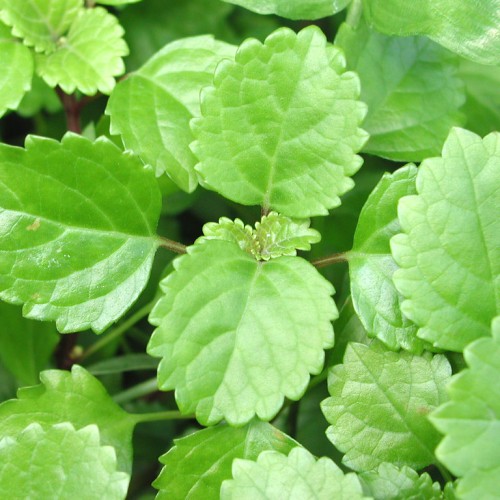
Swedish ivy
Plectranthus strigosus
Cycle:
Herbaceous Perennial
Watering:
Average
Hardiness Zone:
10 - 11
Flowers:
Flowers
Sun:
part shade,part sun/part shade
Leaf:
Yes
Growth Rate:
Low
Maintenance:
Low
Drought Tolerant:
Yes
Indoors:
Yes
Care Level:
Moderate
watering
For the best results, water your Swedish ivy once per week, providing the plant with approximately 1 inch of water at a time. Make sure the soil is adequately moist, but not soggy, and adjust the frequency of watering as needed. If the top inch or so of the soil is dry, it is usually time to water. During hotter months, or when the plant is actively growing, you may need to water a bit more frequently. If the leaves of the ivy are wilting or turning yellow, that can be an indication that the plant needs more frequent watering.
sunlight
Swedish ivy is a plant species that prefers to be grown in bright, indirect sunlight. It can tolerate direct sunlight in small amounts, but too much direct light can cause the leaves to become sunburned and decrease the plant’s overall health. A good amount of light for Swedish ivy is 4 to 6 hours per day. When deciding on where to place the plant, try to find a location that gets direct sunlight in the morning and indirect light the rest of the day.
pruning
Swedish ivy should be pruned repeatedly throughout the growing season. Start pruning it back when it reaches 8-10 inches in height and keep pruning it back to 6 inches. When the plant starts to become woody, prune it back by about 1-third of its height. Doing this will encourage bushiness and promote new growth. Stop pruning Swedish ivy in late autumn, before the weather turns too cold. To tidy it up, remove any dead or damaged stems in early spring.
